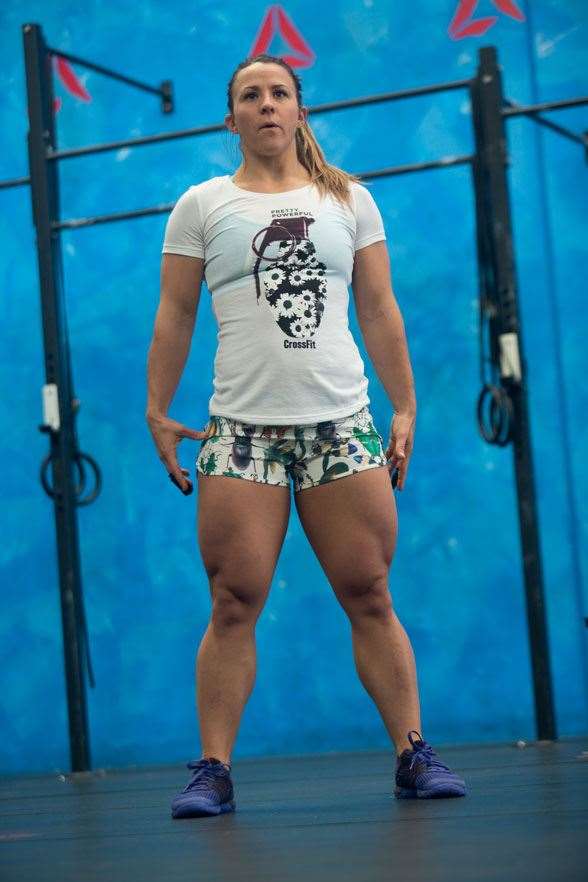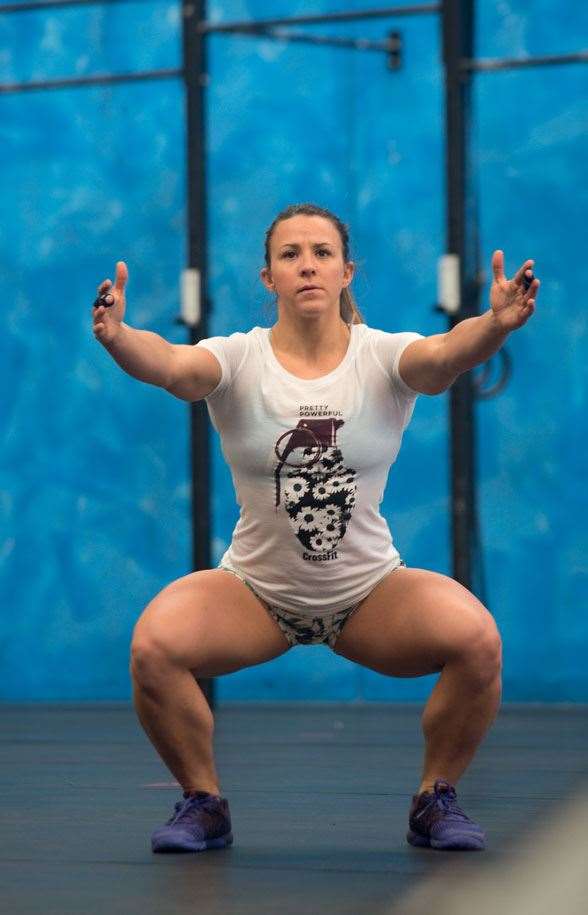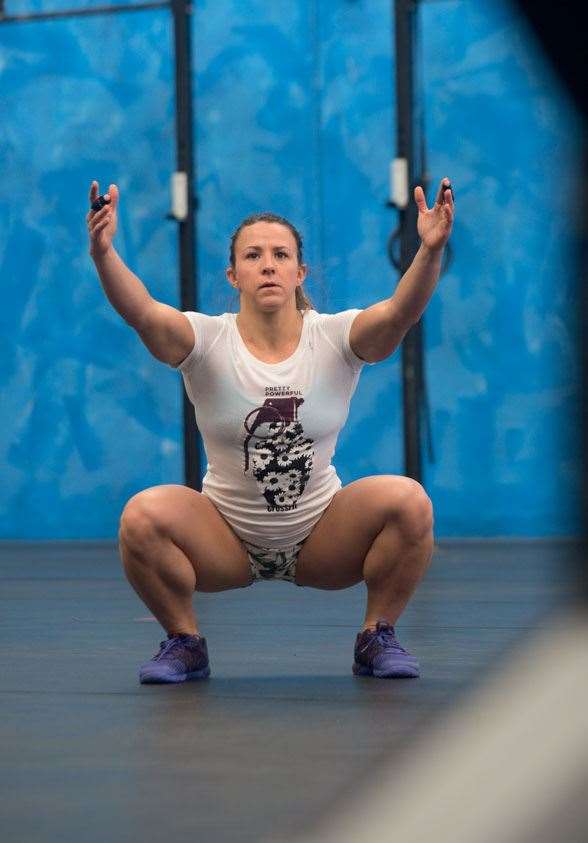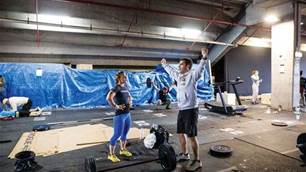The most basic movement in weightlifting.
Australia's fittest Crossfitters, Kara Webb and Rob Forte, introduce us to "the squat".
Kara: “I like the squat as a basic lift for everyone to learn. From our little toddlers to other cultures around the world, people are always squatting down to assume a ‘resting’ position, or to pick something up. Fitness author Kelly Starett once put it quite simply when he said that the soles of our feet are tough for a reason, to stand on, and our bums are nice and soft because they’re definitely not designed to bear the load of our bodies all day long. Once upon a time we were squatting for everything – yet the majority of us have lost that.
“In Crossfit, we always learn by doing an air squat [pictured below]. Feet are approximately shoulder-width apart and slightly turned out to resemble one and 11 on a clock. Chest up tall. Arms out in front at approximately eye height. Cork-screw your feet into the ground until it feels like your hips are pushing your knees out in the direction of your toes. Push your bum back slightly. Sit down until your hip crease passes below the level of your knee. Then stand back up. Maintain flat feet in contact with the floor at all times and chest up tall. Once you’ve got this movement worked out, you can add weight in various ways to achieve added benefits [eg front squat, back squat, overhead squat, etc]."
Rob: “The air-squat is one of the most basic movements – before you start adding weight, it’s the start point. Even when you add a bar, the mechanics of the movement stay the same
“You don’t want to bottom out – it’s not like you just drop. You always want to feel under control. If you don’t have very good flexibility it’s going to be a challenge in this position. But it’s not unsafe to get a little bit out of position in an air-squat because you don’t have any load. When we start adding load we tend to stay up a little higher in the squat, especially if we’re coming forward onto our toes, or starting to get out of position once we’ve got weight on the bar. But for a normal air squat, you can challenge those positions a little bit more and it’s still going to be safe.
“To gauge how far you’re going down, you really need someone to tell you – or you can use a med ball under your butt. Little tools like that can help. Or just verbal cueing to be aware of depth.
“It’s the most basic movement in weightlifting because it has the best benefits. We normally squat everyday in the warm-up – just to get the legs moving. People learn it really quickly.”



Related Articles

WATCH AND LEARN: How to throw the perfect javelin

Walking you through your first CrossFit class













